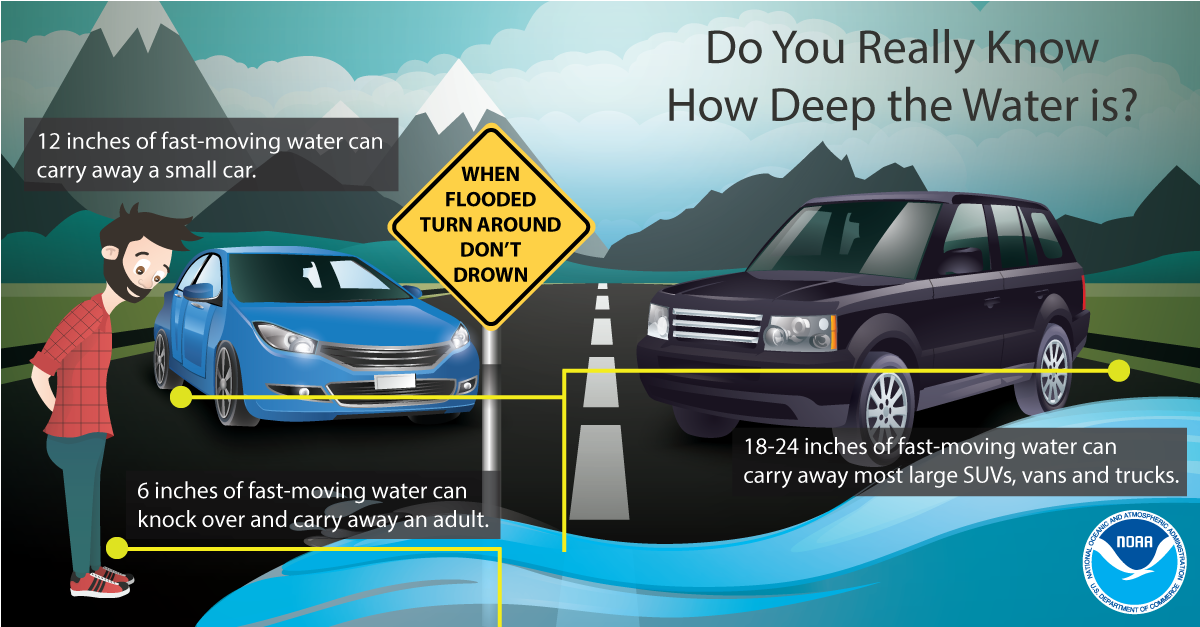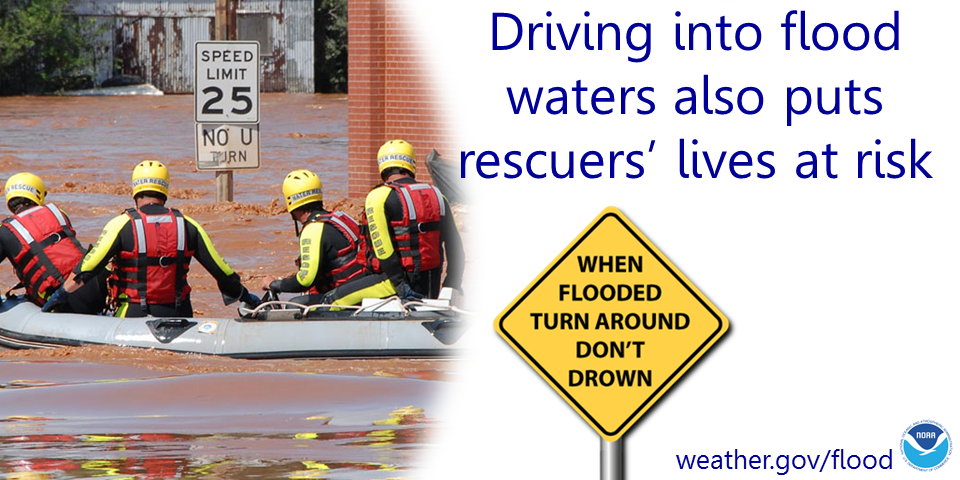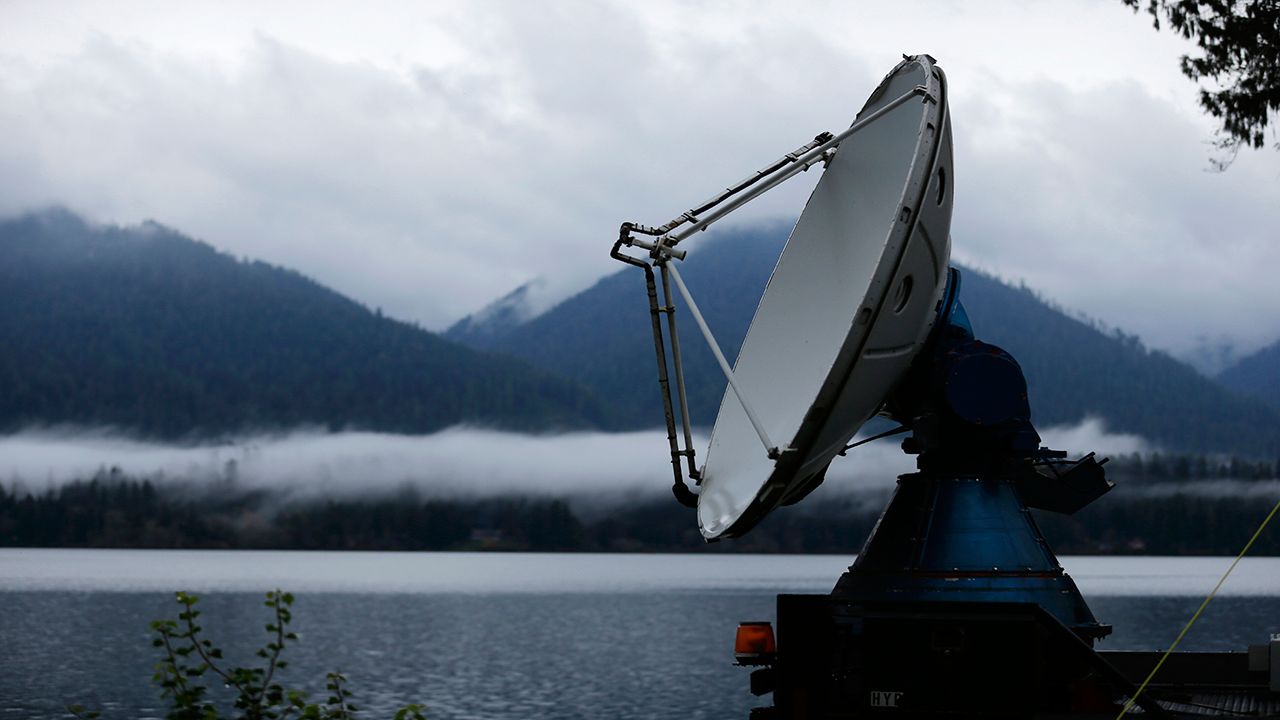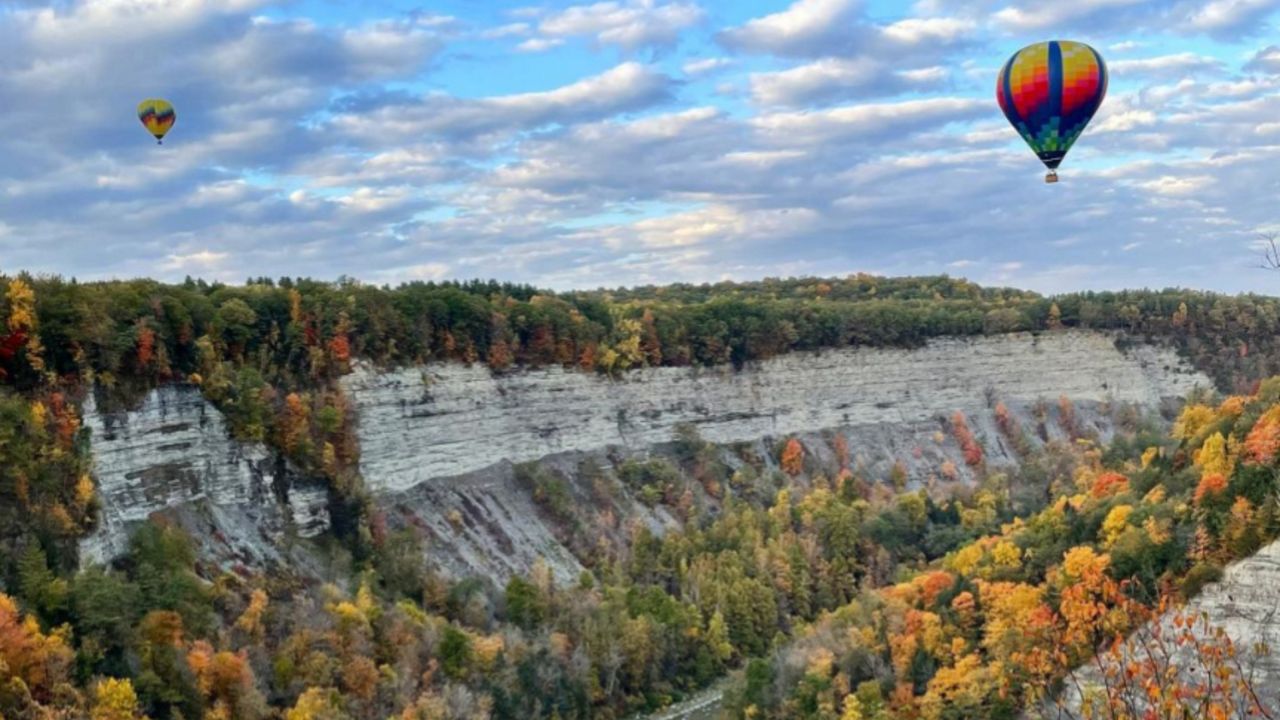Flooding ranks near the top of the list when it comes to the greatest number of weather-related deaths.
Heavy rainfall, storm surge, snowmelt, and ice jams are just a few ways in which flooding can occur.
Regardless of how it happens, the messaging is consistent: turn around, don't drown.
"Turn around, don't drown" is a National Weather Service campaign designed to educate the public on the dangers of driving or walking through floodwaters.
That's because more than half of flood fatalities result from a vehicle being driven into dangerous floodwater.
You've probably seen the "road closed" signs that go up when a road is flooded. It's an inconvenience and you might be tempted to drive around the barriers instead of finding an alternate route.
You may think to yourself, "The water doesn't look that deep. Surely I can make it." Think again.

Six inches of fast-moving water can sweep an adult off his or her feet. Many vehicles also begin to lose contact with the road.
If we up it to 12 inches of water, a car can be carried away. Most SUVs, vans, and trucks can be swept away by 18 to 24 inches of water.
Something else you may not have considered are the dangers hidden beneath the surface of the water.
Murky floodwaters make it nearly impossible to see if the road is still intact or if it's been washed out. Downed power lines, underwater debris, and obstructions also pose threats.
By the way, that water is murky for a reason. Floodwaters can contain oil, gasoline, industrial waste, and even raw sewage. If that doesn't keep you away from floodwaters, I don't know what will.
Heed the warnings and consider all of the above should you ever encounter flooding. When in doubt, "turn around, don't drown" to keep yourself and others out of harm's way.

Our team of meteorologists dives deep into the science of weather and breaks down timely weather data and information. To view more weather and climate stories, check out our weather blogs section.









